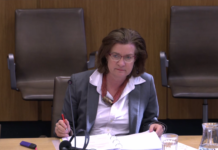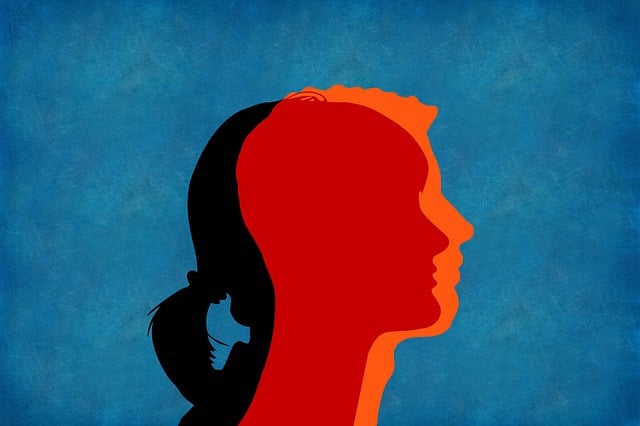The conversation around gender dysphoria often focuses on transgender individuals transitioning from male to female or vice versa. However, non-binary people can also experience gender dysphoria, though their experiences may be distinct and varied. Let’s explore how gender dysphoria manifests in non-binary individuals and the ways they navigate these feelings.
Gender dysphoria is a condition where a person experiences significant discomfort or distress because their gender identity does not align with the sex assigned to them at birth. This feeling can be intense and impact various aspects of life, including mental health, social interactions, and self-esteem.
Gender Dysphoria in Non-Binary Individuals
Diverse Experiences: Non-binary people experience gender dysphoria in many different ways. For some, the dysphoria might be related to specific body parts that feel incongruent with their gender identity. For others, it might be more about social dysphoria, which arises from being perceived or treated as a gender they do not identify with.
Body Dysphoria: Non-binary individuals may feel discomfort with certain physical attributes. This could include distress over having a more traditionally masculine or feminine appearance when they don’t identify strictly as male or female. For example, a non-binary person assigned female at birth might feel dysphoria about their breasts but not want a traditionally male chest either.
Social Dysphoria: Being misgendered—referred to with incorrect pronouns or addressed in ways that align with binary gender norms—can be a significant source of distress for non-binary individuals. This form of dysphoria is often tied to the way society enforces binary gender norms, making it challenging for non-binary people to navigate everyday interactions comfortably.
Coping Mechanisms and Support
Gender Affirming Practices: Many non-binary people find relief through gender-affirming practices. This could include adopting a more androgynous appearance, using binders or padding to alter body shape, or wearing clothing that better reflects their gender identity. These practices can help mitigate feelings of dysphoria by aligning their outward appearance with their internal sense of self.
Hormone Therapy: While not all non-binary individuals seek medical interventions, some may choose hormone therapy to achieve a more comfortable physical appearance. For instance, a non-binary person might take low-dose hormones to subtly alter their physical traits without fully transitioning to male or female characteristics. Before making any significant changes to your gender presentation or medical treatment, it’s essential to get expert advice, like that offered by professionals like Gender GP, to understand all available options and their long-term implications.
Mental Health Support: Access to supportive mental health professionals who understand non-binary identities is crucial. Therapists can provide strategies to cope with dysphoria and offer a safe space to explore and affirm one’s gender identity.
Community and Peer Support: Finding a supportive community can make a significant difference. Connecting with other non-binary individuals through support groups, online forums, or social networks provides a sense of belonging and validation. Sharing experiences and coping strategies can help alleviate the isolation that often accompanies gender dysphoria.
The Role of Society
Challenging Binary Norms: One of the biggest challenges non-binary people face is the rigid binary gender norms entrenched in society. Advocating for more inclusive language, policies, and practices can help create environments where non-binary identities are recognized and respected. This societal shift is essential in reducing the prevalence and intensity of social dysphoria.
Education and Awareness: Increasing awareness about non-binary identities and the specific challenges they face, including gender dysphoria, is crucial. Education in schools, workplaces, and communities can foster a more inclusive and understanding society. This, in turn, can help reduce instances of misgendering and promote the use of correct pronouns and respectful interactions.
Conclusion
Non-binary individuals can and do experience gender dysphoria, though their experiences are unique and varied. Understanding and acknowledging these experiences is essential in providing the necessary support and creating a more inclusive society. By embracing gender-affirming practices, seeking mental health support, and fostering community connections, non-binary people can navigate the challenges of gender dysphoria more effectively. Furthermore, societal changes towards inclusivity and understanding can significantly alleviate the distress associated with non-binary gender dysphoria, allowing individuals to live more comfortably and authentically.
Help keep news FREE for our readers
Supporting your local community newspaper/online news outlet is crucial now more than ever. If you believe in independent journalism, then consider making a valuable contribution by making a one-time or monthly donation. We operate in rural areas where providing unbiased news can be challenging. Read More About Supporting The West Wales Chronicle






















